Gentari has been moving at a rapid pace despite being established barely a year ago. After rolling out the first 350kW supercharger and 200kW dynamic fast charger not only in Malaysia but also in Southeast Asia, the green energy subsidiary of Petronas is now running field trials for the EV Charge Go mobile EV charging service.
Over the past several weeks, the team behind the service has slowly released information regarding the service. Now, we finally have the opportunity to catch EV Charge Go in action and have hands-on experience with the latest project by Gentari.
A fairly straightforward user experience
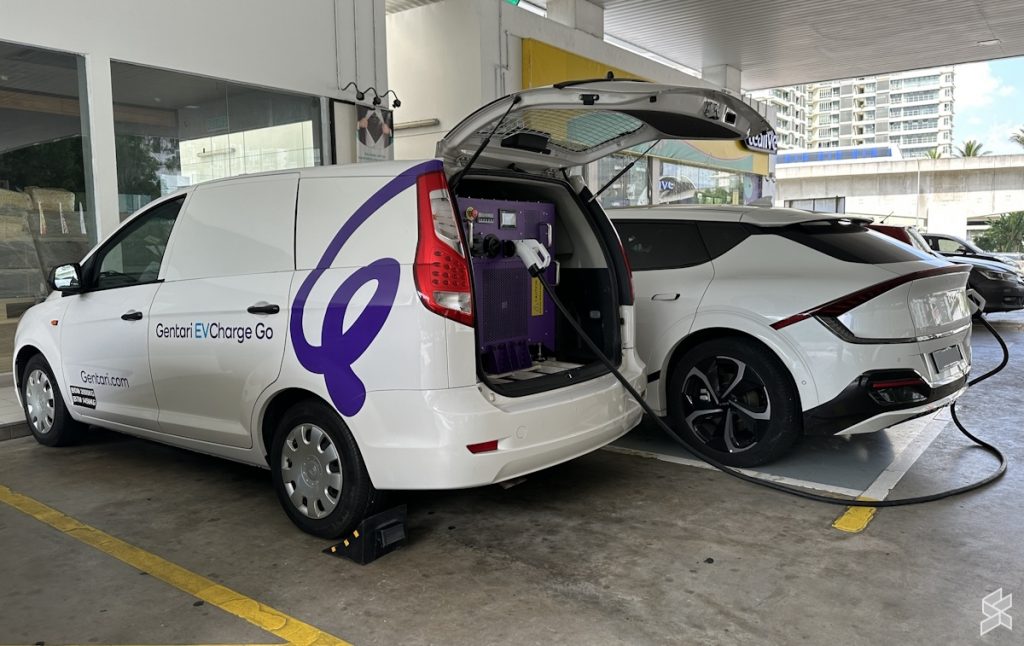
When you found yourself in need to utilise the EV Charge Go mobile charging service, you are able to book it via Carput’s website. Over there, you can choose to have the service come to your location immediately or schedule it at a specific time.
A customer service agent will then reach back to confirm the details and once that is done, only then the mobile EV charging vehicle will head on to your location. Once there, the EV Charge Go team member will then proceed to hook up the cable to your EV and activate the charger.
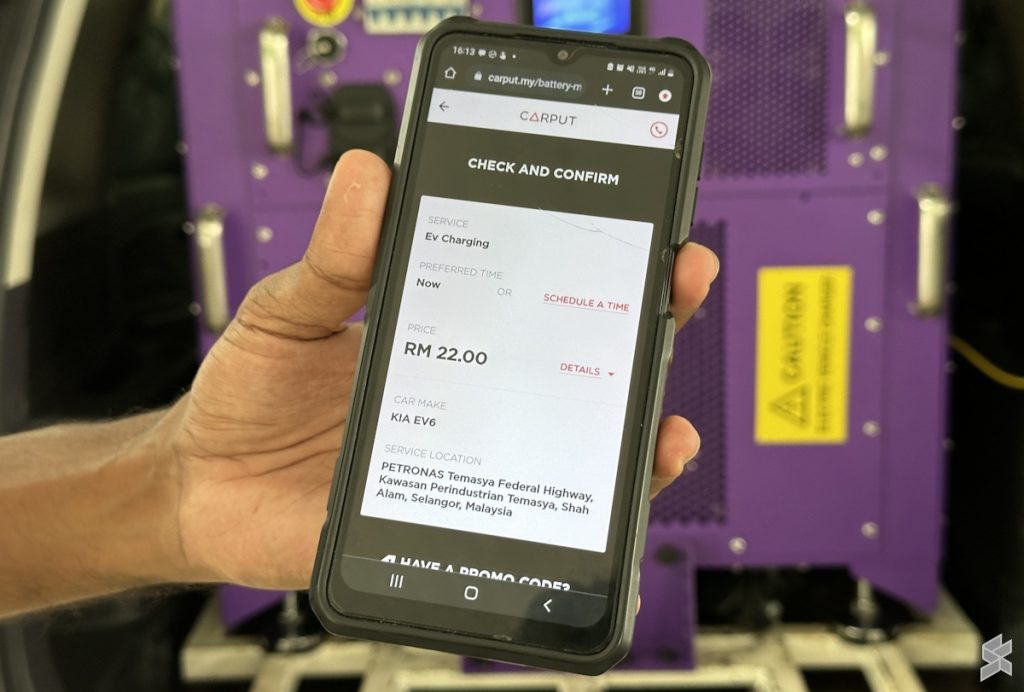
The charging time generally depends on what you agreed on when you submitted the booking form on the dedicated website that we mentioned earlier. You would then receive an SMS that contained a link which would bring you to the payment page.
On the site, you can choose to pay for the service with a credit or debit card as well as online banking and selected e-wallets. Gentari is currently charging (heh) customers RM0.80 per minute for the utilisation of EV Charge Go and on top of that, there is also an additional service fee of RM10.
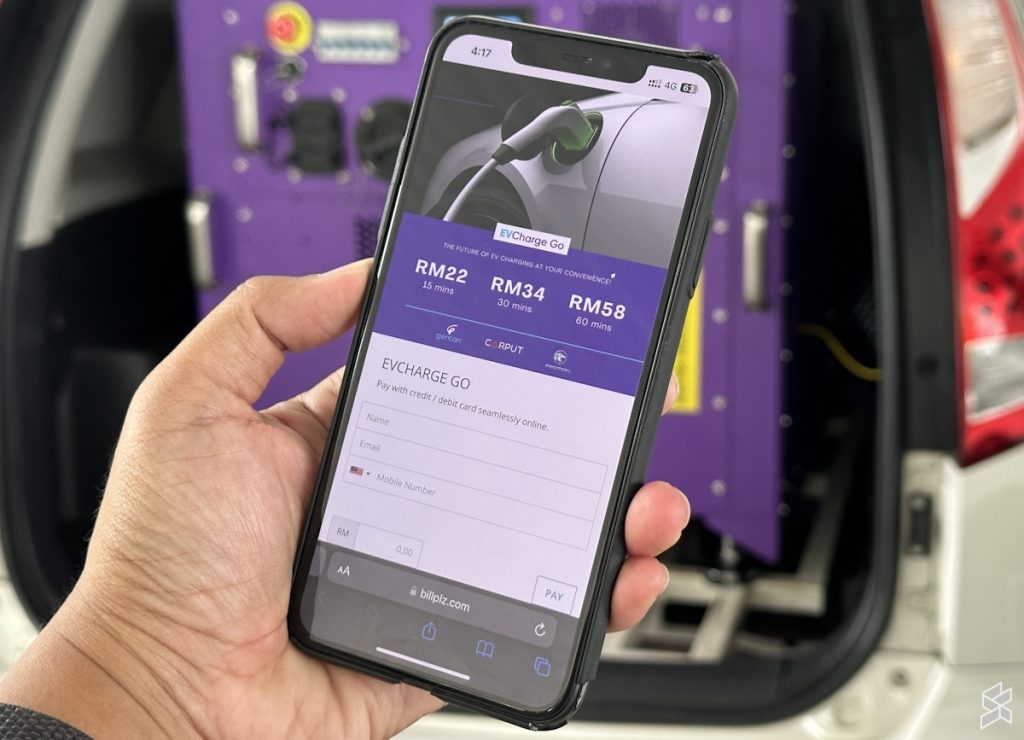
That being said though, the charging time is currently being offered in blocks of 15 minutes each. So, that means you are paying at least RM22 per session.
As for our own experience with EV Charge Go, we didn’t encounter any issues when we tried out the service with our Kia EV6 GT-Line at Petronas Temasya on Federal Highway yesterday.
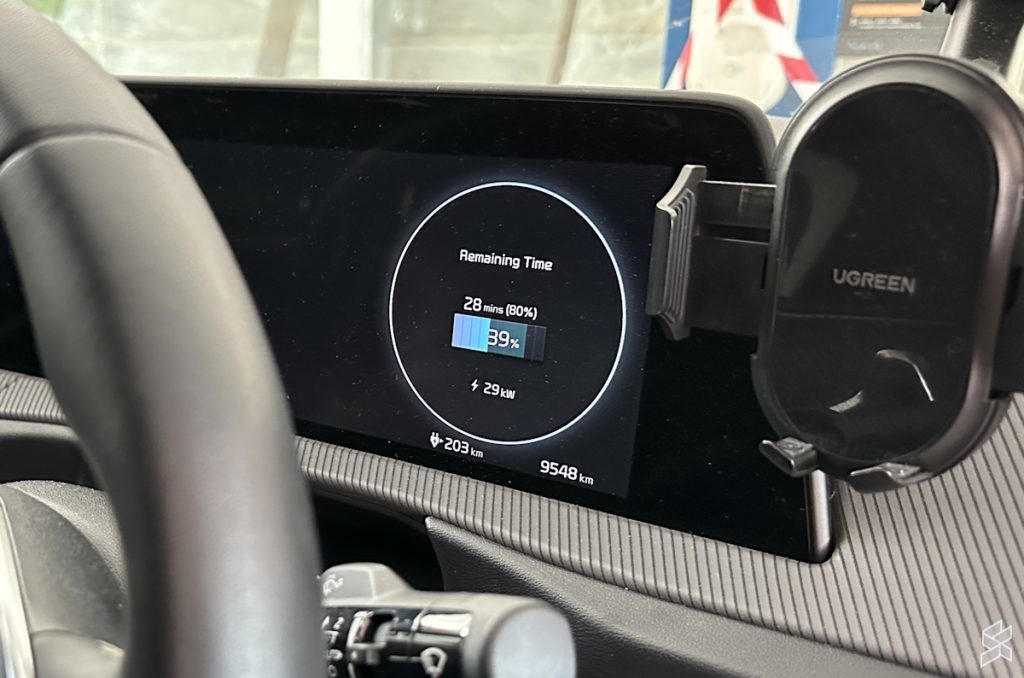
When we plugged in the charger to the EV6, the charging process started immediately. As for the charging speed, our EV6 maxes out at 29kWh which is very close to the maximum rate that EV Charge Go’s charger was designed to deliver.
With a charging time of 15 minutes, we managed to get our EV6 battery level to go from 37% to 46% which is equivalent to around 45km to 55km of range – that’s decent enough to get the EV home or the nearest permanent charger if we “emptied” it out somewhere within Klang Valley. More importantly, the charging session took place rather smoothly and we did not encounter any sudden disconnection.
A closer look at EV Charge Go bespoke charger
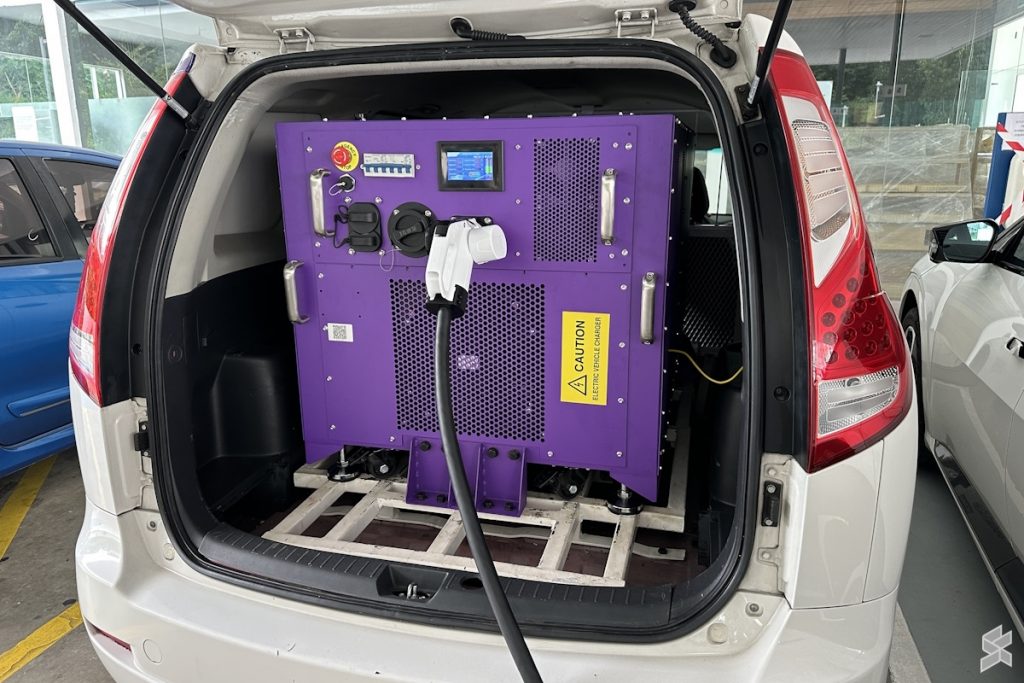
The charging equipment that Gentari is using for its EV Charge Go is actually a bespoke unit that has been designed by the company itself. Equipped with 12 battery modules that contain 192 cells, it can deliver 30kWh of energy.
Thanks to its modular design, another set of battery modules can be attached to the charger to increase its energy capacity to 60kWh. However, the 60kWh version would be too big to fit the Proton Exora.
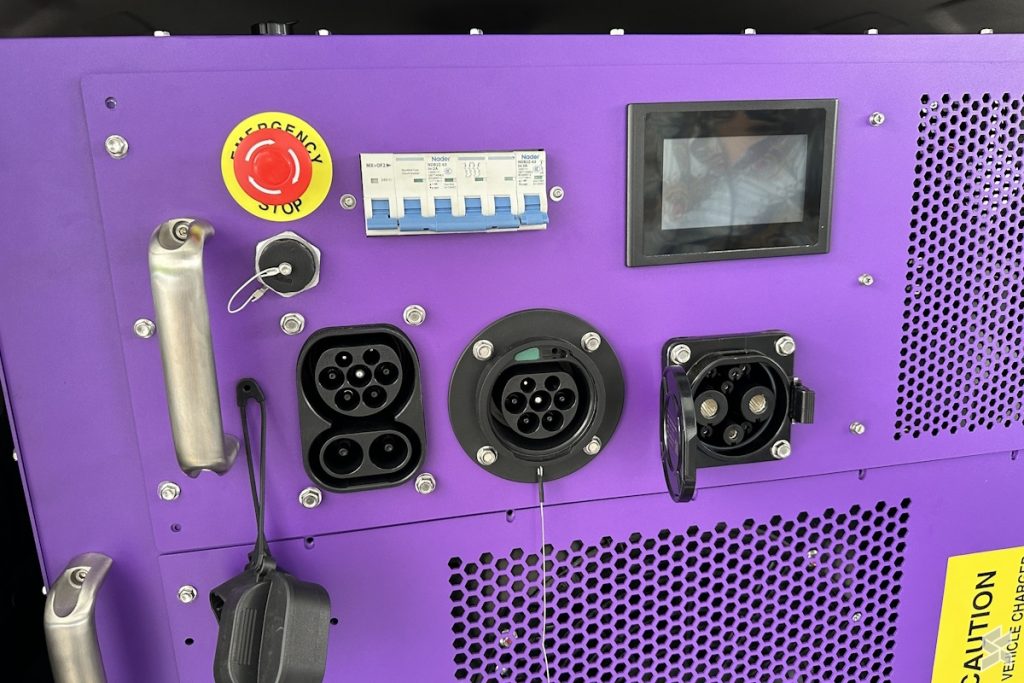
Gentari’s 60kWh EV Charge Go setup is using the Toyota HiAce. Regardless of the configuration, both versions can deliver DC fast charging of up to 30kW.
In terms of compatibility, the charger should not have any problem supporting the majority of EVs in Malaysia as it has been equipped with a CCS2 and CHAdeMO connector. You may notice that there is a Type 2 connector on the charger as well but this does not mean that the charger is able to provide AC charging to customers.
The EV Charge Go charger can only perform DC charging and that Type 2 port is actually an input port that Gentari utilise to replenish the energy within the charger’s batteries through AC charging if needed. In other words, the custom-made charger supports both AC and DC for input but only outputs in DC.
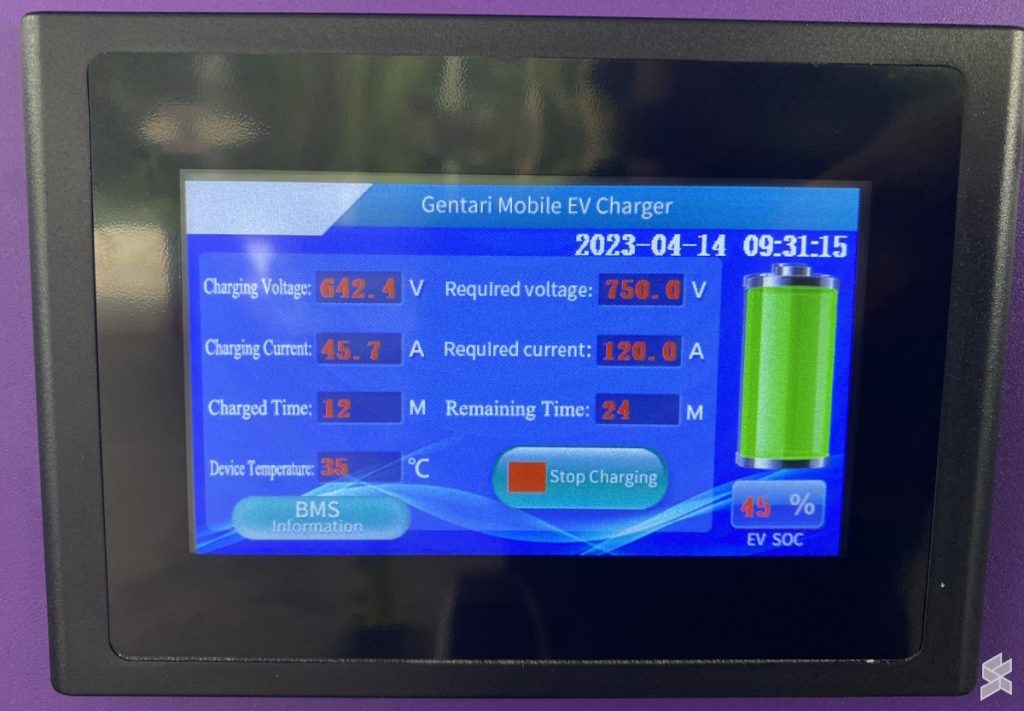
Completing the charger is a small touch screen that displays information such as voltage, current, temperature, and battery level for both the charger as well as the EV that it is serving. At the moment, the EV Charge Go personnel would usually end the charging session through this screen as well although they can still control and monitor the charger via a dedicated mobile app since its backend is connected to the cloud.
Why Proton Exora?
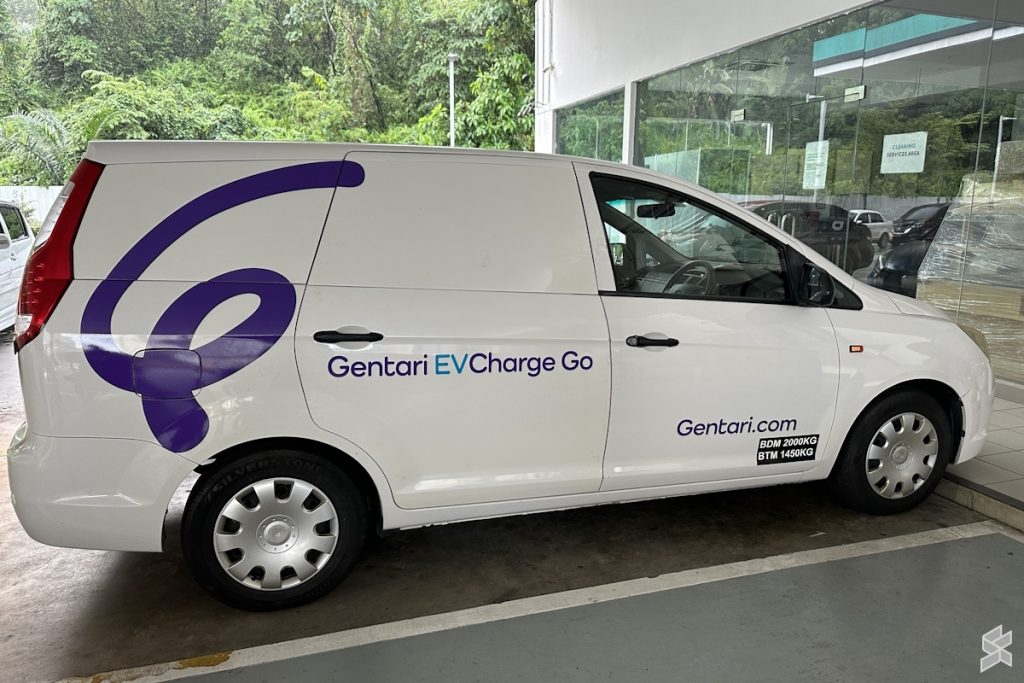
Some may ask why Gentari choose to utilise a vehicle with an internal combustion (IC) engine for the EV Charge Go service which seemed to contradict the notion that EV is a greener option. Well, it mainly has to do with the fact that Proton – through Proton Global Service – is one of the partners for this project.
The national carmaker has not only provided three Exora MPVs for EV Charge Go’s usage but has also roped in its in-house modification division, Automotive Conversation Engineering (ACE) to work on them. Through ACE’s expertise and engineering capabilities, they are not only able to fit the bespoke charger into the MPV but have also made sure that these customised Exoras are able to meet all the legal requirements.
Where is Carput in the picture?
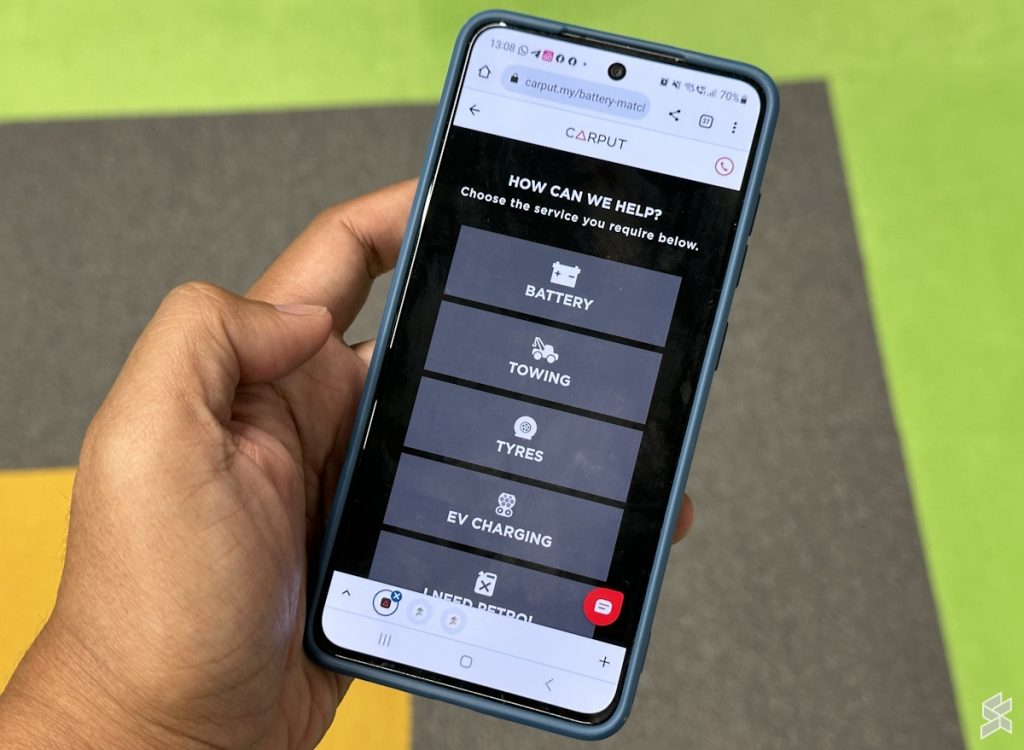
Another piece of the puzzle that Gentari has to solve in order to make EV Charge Go a reality is the booking and payment system for the service. For that, it has found another partner to tackle the challenge: the roadside assistance company, Carput.
As shown earlier, EV Charge Go’s bookings are currently taking place only through the web. Soon, it can also be done through Carput’s mobile app as well although Gentari did not have a firm date for it though as the integration is still a work in progress.
It is not hard to see why both companies decide to collaborate on EV Charge Go as they can easily find common ground to work on for this project. For example, the nature of the service as an emergency option for EV owners is generally in line with Carput’s core business.
In addition to that, Carput has also expanded the company’s reach into the EV market by transforming its subsidiary Carput Zap into a charge point operator which is an area that is well within Gentari’s ballpark.
EV Charge Go is not just an EV assistance service
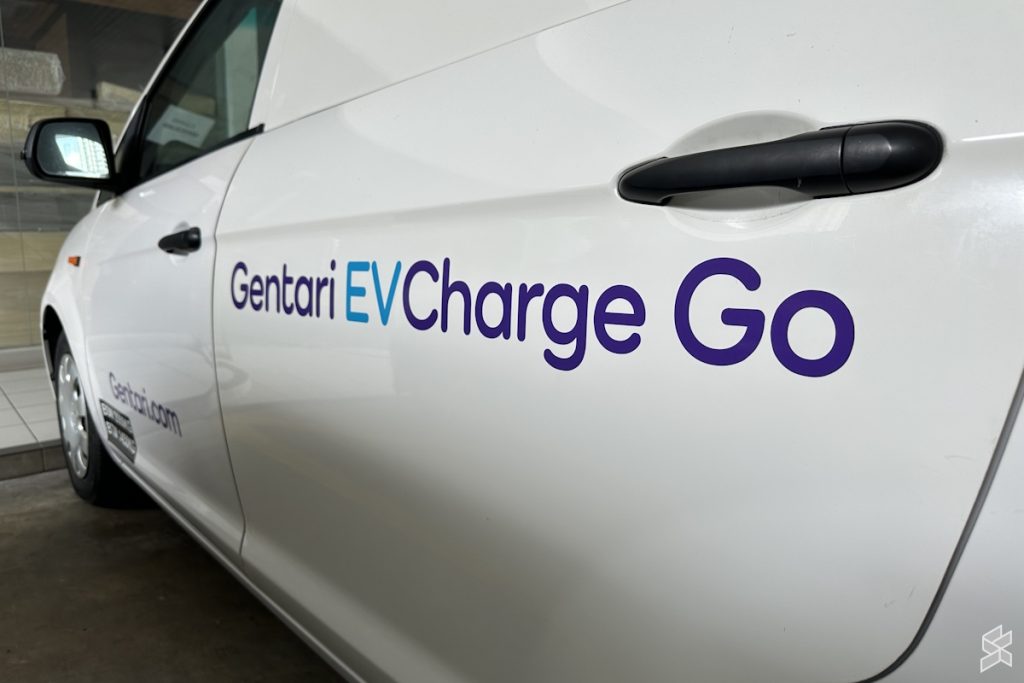
Even though one of the most prominent use cases for EV Charge Go is emergency assistance, the team behind the service made it clear to us that EV Charge Go role in the industry goes way beyond just rescuing a stranded EV. The team already looking into several potential use cases for on-demand mobile EV charging solutions such as EV roadshows and track days for EV owners or as a support vehicle for an EV fleet.
We also asked whether EV Charge Go can be used for emergency relief efforts in a disaster zone and the team said that it is possible but not with the charger’s current configuration. For this particular use case, it is something that the team need to study further not only in terms of technical aspect but also overall feasibility.
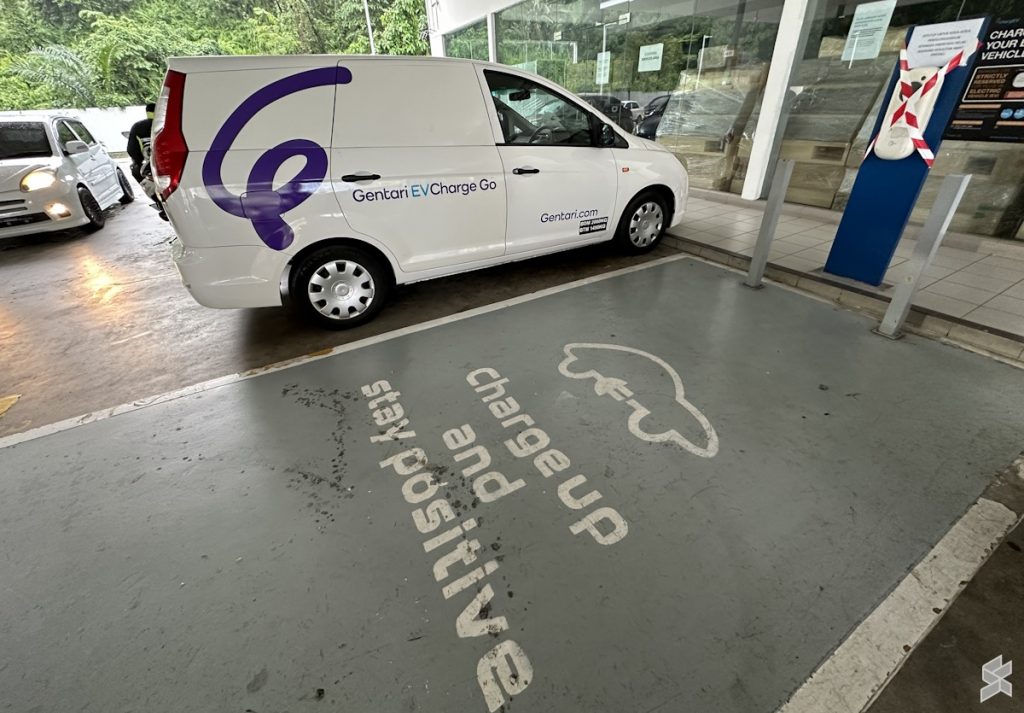
While the future of this service is still very much dependent on the data and other related discoveries that the company will encounter throughout the three-month trial period, we reckoned that EV Charge Go is yet another bold move by Gentari. Once again, the Petronas subsidiary showed its commitment to driving green energy infrastructure forward.
Meanwhile, EV Charge Go welcomes all businesses and EV owners that want to know more about its solution and the 3-month field trial to reach out directly to the team through e-mail at evchargego@outlook.com. EV owners who want to experience EV Charge Go themselves can keep track of its whereabouts via the service’s dedicated Twitter account.
0 comments :
Post a Comment